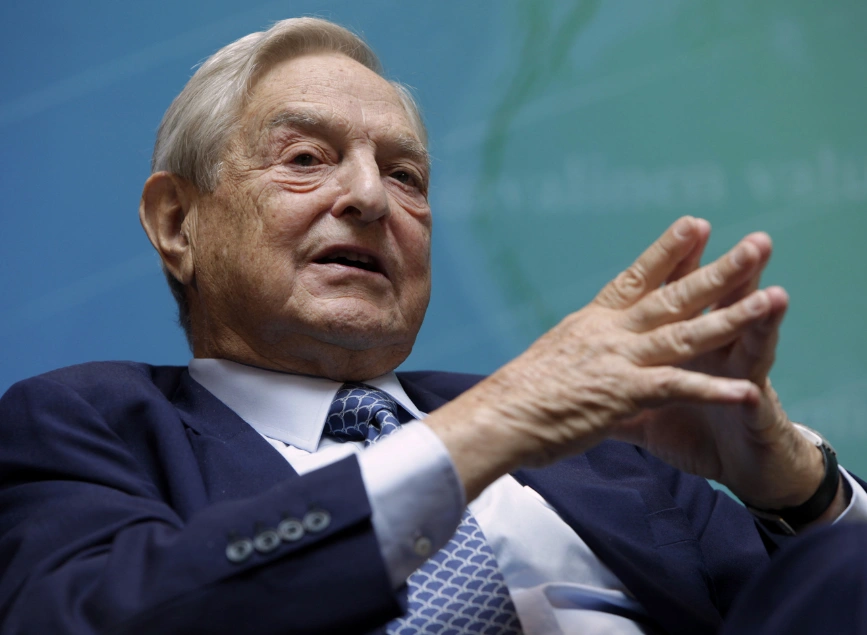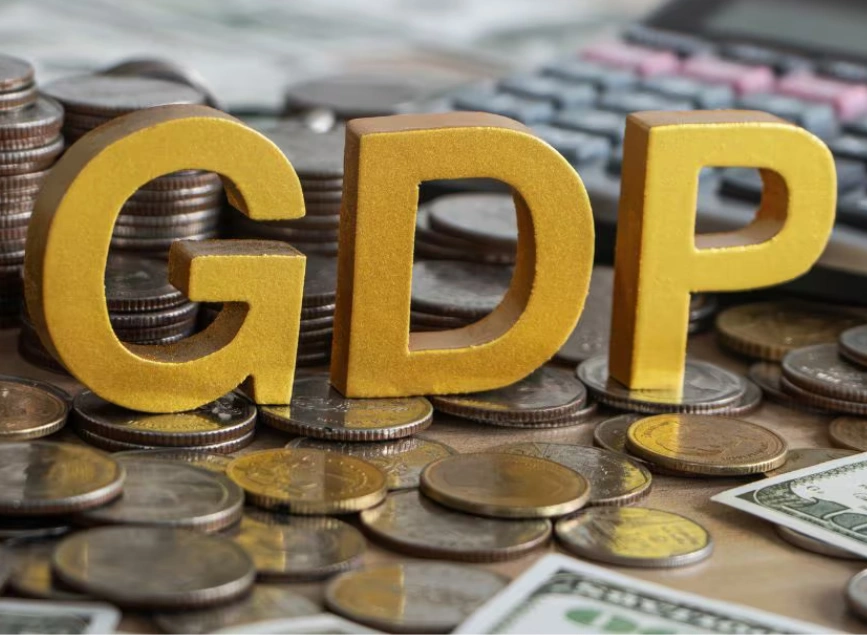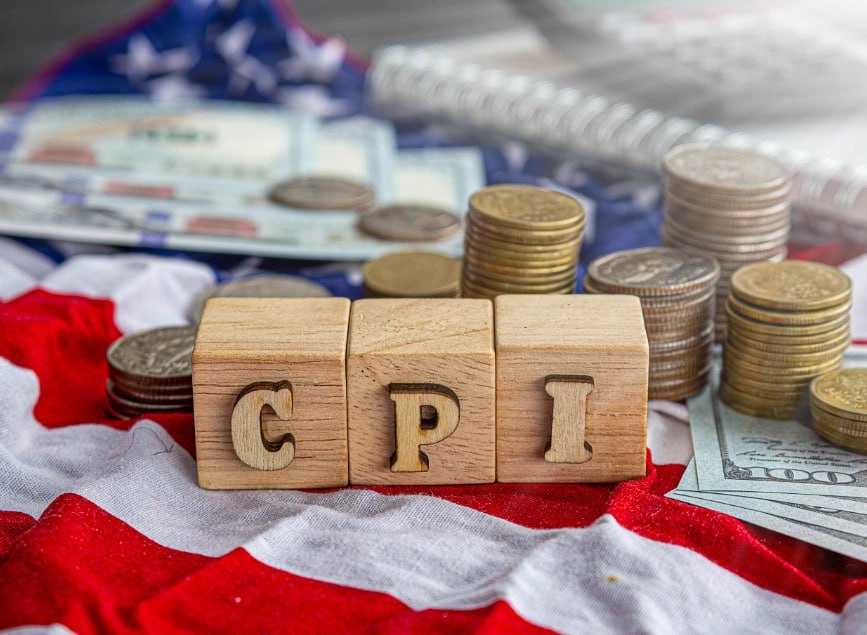
How Did George Soros Become Wealthy? 3 Legendary Trades
Estimated reading time: 4 minutes
Table of contents
George Soros is one of the most renowned investors in financial history. He is known for his bold and strategic trades that have shaped global markets. As the manager of the Quantum Fund, he accumulated vast wealth by identifying economic imbalances. He also executed high-stakes trades with precision. His success was not merely a result of luck but rather a deep understanding of global financial systems and risk management. He had the ability to act decisively when others hesitated. Below, we examine three of his most famous trades that cemented his legacy as a legendary investor.
The Black Wednesday Trade: Breaking the Bank of England
One of Soros’ most famous trades took place on September 16, 1992, during what became known as Black Wednesday. At the time, Britain was part of the European Exchange Rate Mechanism (ERM), committing to maintaining the pound’s exchange rate within a fixed range against the Deutsche Mark. However, due to economic weaknesses, high inflation, and low interest rates, Soros recognized that the pound was overvalued and unlikely to hold its position. He took a massive short position against the pound, selling it in favor of stronger currencies like the Deutsche Mark and the US dollar. As market pressure mounted, the UK government was forced to withdraw from the ERM, causing the pound to drop 15% against the Deutsche Mark and 25% against the US dollar. This trade alone earned Soros over $1 billion in a single day, solidifying his reputation as “The Man Who Broke the Bank of England.”
Read More: What is Fundamental Analysis? A Comprehensive Guide for Traders
The 1997 Asian Financial Crisis: Shorting the Thai Baht
Soros capitalized on another major financial event during the 1997 Asian Financial Crisis, specifically targeting the Thai baht. At the time, Thailand’s government was artificially maintaining a high exchange rate for its currency while depleting its foreign reserves to sustain this position. Soros, anticipating an inevitable collapse, shorted the baht with over $1 billion, signaling to global investors that the currency was overvalued. As a result, Thailand’s central bank was forced to float the currency, leading to a 50% devaluation. While this trade netted Soros another billion-dollar profit, it also sparked controversy, with some regional leaders accusing him of exacerbating the crisis.
Betting Against the Japanese Yen During the Abenomics Era
Between 2013 and 2014, Soros made another strategic move by betting against the Japanese yen during the implementation of Abenomics, the economic policies introduced by Japanese Prime Minister Shinzo Abe. Abenomics aimed to devalue the yen to boost exports and economic growth. Recognizing this trend, Soros took a large short position against the yen while simultaneously investing in Japan’s Nikkei 225 stock index, which he expected to benefit from the currency devaluation. His prediction proved correct as the yen lost 20% of its value, while the Japanese stock market surged 25%, generating yet another billion-dollar profit for Soros.
Soros’ success in financial markets is a testament to his ability to identify economic trends before they become obvious to others. His approach—combining deep analysis, strategic risk-taking, and decisive execution—set him apart as one of the greatest traders in history. While some of his moves have been controversial, they underscore an important lesson for investors. Success in trading is not about luck. It is about knowledge, analysis, and the ability to act boldly when opportunities arise.
Read More: The Art of Reward and Risk Management: Financial Success
Conclusion: The Mindset Behind Soros’ Success
George Soros’ legendary trades were not just about making money—they were about recognizing economic realities before the rest of the world caught on. His ability to analyze financial systems, anticipate policy shifts, and take calculated risks allowed him to execute some of the most profitable trades in history. Whether it was shorting the British pound, predicting the collapse of the Thai baht, or capitalizing on Japan’s economic policies, Soros consistently demonstrated a mastery of global markets. His success serves as a powerful lesson for traders and investors: true wealth is built not on luck, but on deep knowledge, strategic thinking, and the courage to act decisively when opportunities arise.
Share
Hot topics

What Is GDP? A Complete Guide to Gross Domestic Product
GDP or Gross Domestic Product is one of the most powerful indicators used in global economics. It plays a central role in the decision-making processes of investors, central banks, governments,...
Read more




Submit comment
Your email address will not be published. Required fields are marked *